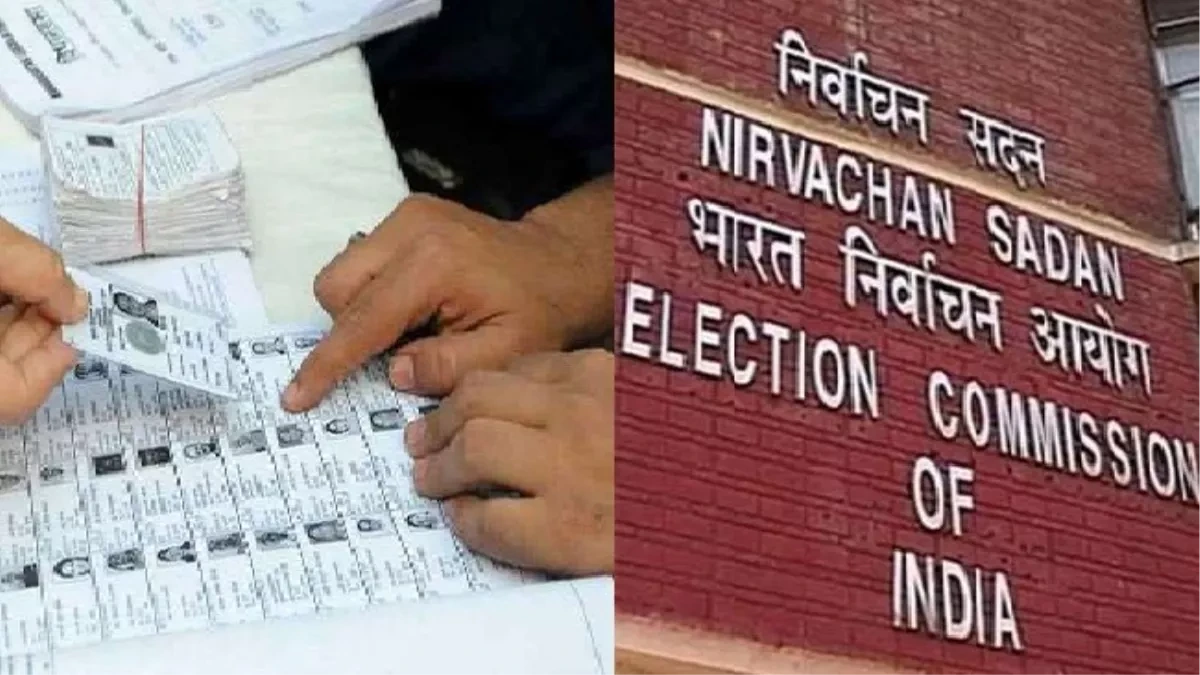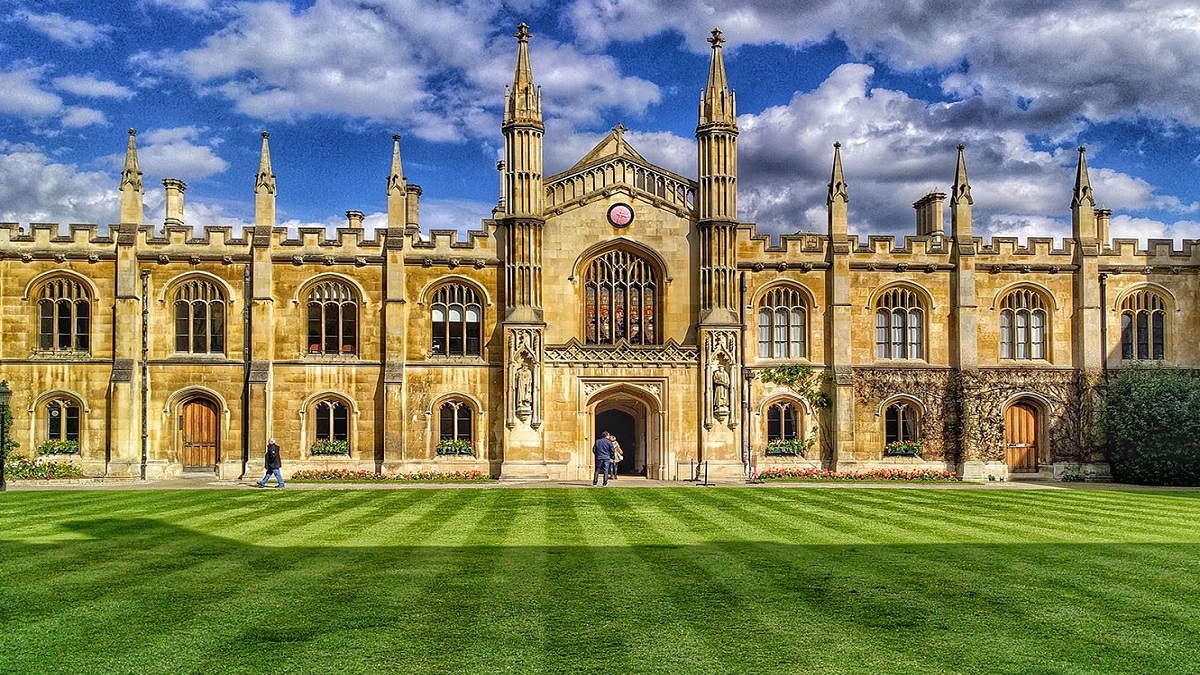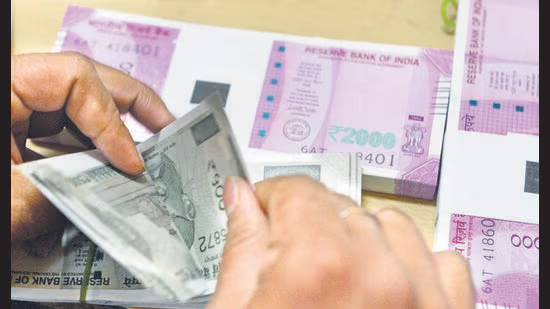- Courses
- GS Full Course 1 Year
- GS Full Course 2 Year
- GS Full Course 3 Year
- GS Full Course Till Selection
- Answer Alpha: Mains 2025 Mentorship
- MEP (Mains Enrichment Programme) Data, Facts
- Essay Target – 150+ Marks
- Online Program
- GS Recorded Course
- Polity
- Geography
- Economy
- Ancient, Medieval and Art & Culture AMAC
- Modern India, Post Independence & World History
- Environment
- Governance
- Science & Technology
- International Relations and Internal Security
- Disaster Management
- Ethics
- NCERT Current Affairs
- Indian Society and Social Issue
- NCERT- Science and Technology
- NCERT - Geography
- NCERT - Ancient History
- NCERT- World History
- NCERT Modern History
- CSAT
- 5 LAYERED ARJUNA Mentorship
- Public Administration Optional
- ABOUT US
- OUR TOPPERS
- TEST SERIES
- FREE STUDY MATERIAL
- VIDEOS
- CONTACT US
UNESCO’s Memory of the World Recognition for Indian Texts
UNESCO’s Memory of the World Recognition for Indian Texts
06-06-2024
Recently, the Ramcharitmanas, Panchatantra, and Sahṛdayāloka-Locana were included in UNESCO's Memory of the World Asia-Pacific Regional Register.
About the Memory of the World Programme:
- The MoW Programme is an international initiative launched by UNESCO in 1992 to protect the documentary heritage of humanity.
- It aims to recognize significant documentary heritage analogous to UNESCO's World Heritage Convention and World Heritage List, which identify important natural and cultural sites.
-
The MoW Programme aims to:
- Facilitate the preservation of the world's documentary heritage, especially in regions affected by conflict or natural disaster.
- Enable universal access to documentary heritage worldwide.
- Enhance public awareness about the significance of documentary heritage among the broader public.
Governance:
- The International Advisory Committee (IAC) is the primary body responsible for advising UNESCO on the planning and implementation of the MoW Programme.
- The IAC comprises 14 members serving in a personal capacity, appointed by UNESCO's Director-General and chosen for their authority in the field of documentary heritage.
Nomination for MoW:
- The call for nominations and inscriptions on the Asia Pacific Register is made every 2 years unless unexpected circumstances make this impractical.
- Nominations are usually requested in even-number years (to alternate with the International Register).
India's Three Items Included in MoW:
-
Ramcharitmanas:
- Written by Tulsidas in the 16th century.
- Composed in the Awadhi dialect, spoken primarily in the districts of Lucknow, Prayagraj, and Ayodhya.
-
Panchatantra:
- A collection of fables originally written in Sanskrit.
- Comprises 5 distinct sections, each focused on a specific principle.
- Believed to have been written by Vishnu Sharma.
-
Sahṛdayāloka-Locana:
- A Sanskrit commentary on the Dhvanyaloka.



